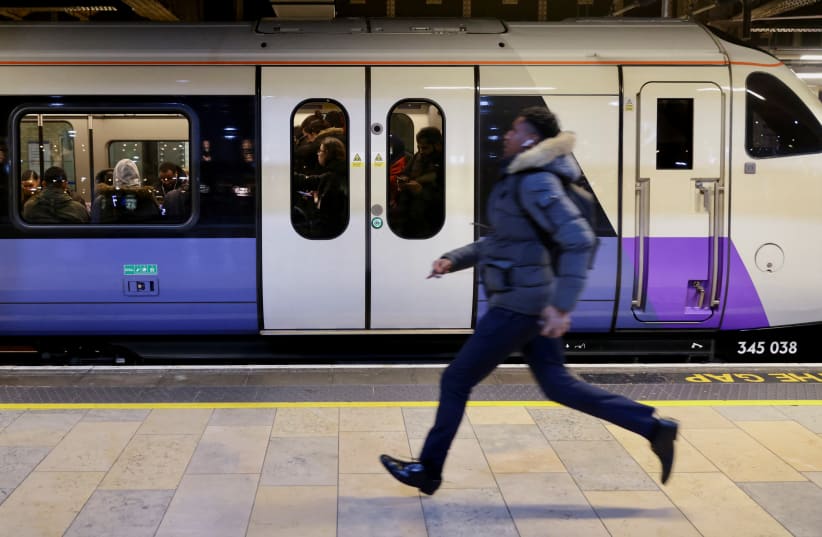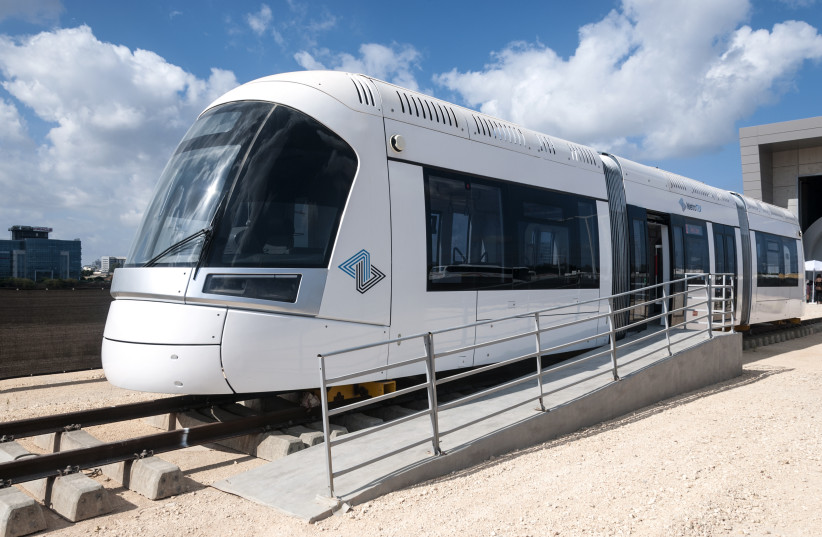Traveling to a vast array of sites is associated with improved health, a new study concludes.
But the distance of the traveler does not need to be very far, according to the research led by a UCL team. Those who travel more than 15 miles away from home more likely to report being in overall good health, the study found.
The frequency with which people travel and the variety of places visited are also key factors.
The findings, which were published in peer reviewed Transport & Health, examined travel of 3,000 residents in the north of England, where citizens face worse health outcomes than the rest of England and many rural and suburban areas suffer from lack of adequate transportation.
Respondents were asked about the level to which they feel constrained in relation to travel outside their local area, defined as more than 15 miles. Constraints included travel distance, the use of car and the use of public transport. The questions referred to general travel behavior, not trips made for specific trip purposes.
Self-rated health status was assessed on a 5-point scale: very good, good, fair, bad, and very bad, as possible answers to the question “How would you describe your health in general?”
Three factors contributed to self-rating social participation. The first two variables were how often respondents met family and friends (never, less than once a year, about once a year, 2–3 times a year, about once a month, about once a week, 2–3 days a week, 5 days a week or more, and ‘I live with them’). The third variable was membership in clubs or societies (choosing one or more from: education; arts or music groups or evening classes; sports clubs, gyms, or exercise classes; and other). Memberships in other types of organizations (e.g. resident groups) were also probed, but the answers were not used in the data, as researchers inferred these memberships do not involve travelling outside the local area.
Age matters with health benefits and distant traveling
By analyzing participants, links between travel constraints, social participation and health were found to have more significant associations in the 55+ age group. Within this group, constraints to the number of different places people can travel to is linked to less frequent contact with friends and participation in clubs and societies.
Researchers say the results provide strong evidence of the importance of investing in medium and long-distance transport options, including well-serviced roads and access to trains and buses.
Lead author Dr. Paulo Anciaes said: “We expected to find that restrictions on travel through a lack of access to suitable public transport or to a private car would be linked to residents’ perception of their health because of the lack of social participation.
“We explored the links between constraints to travel more than 15 miles from home, demographics and location and social participation in how residents perceived their own health, finding that the key variable is the number of different places people visit outside their local area. This links to more social participation and better health.”
Dr. Paulo Anciaes
“We explored the links between constraints to travel more than 15 miles from home, demographics and location and social participation in how residents perceived their own health, finding that the key variable is the number of different places people visit outside their local area. This links to more social participation and better health.”

